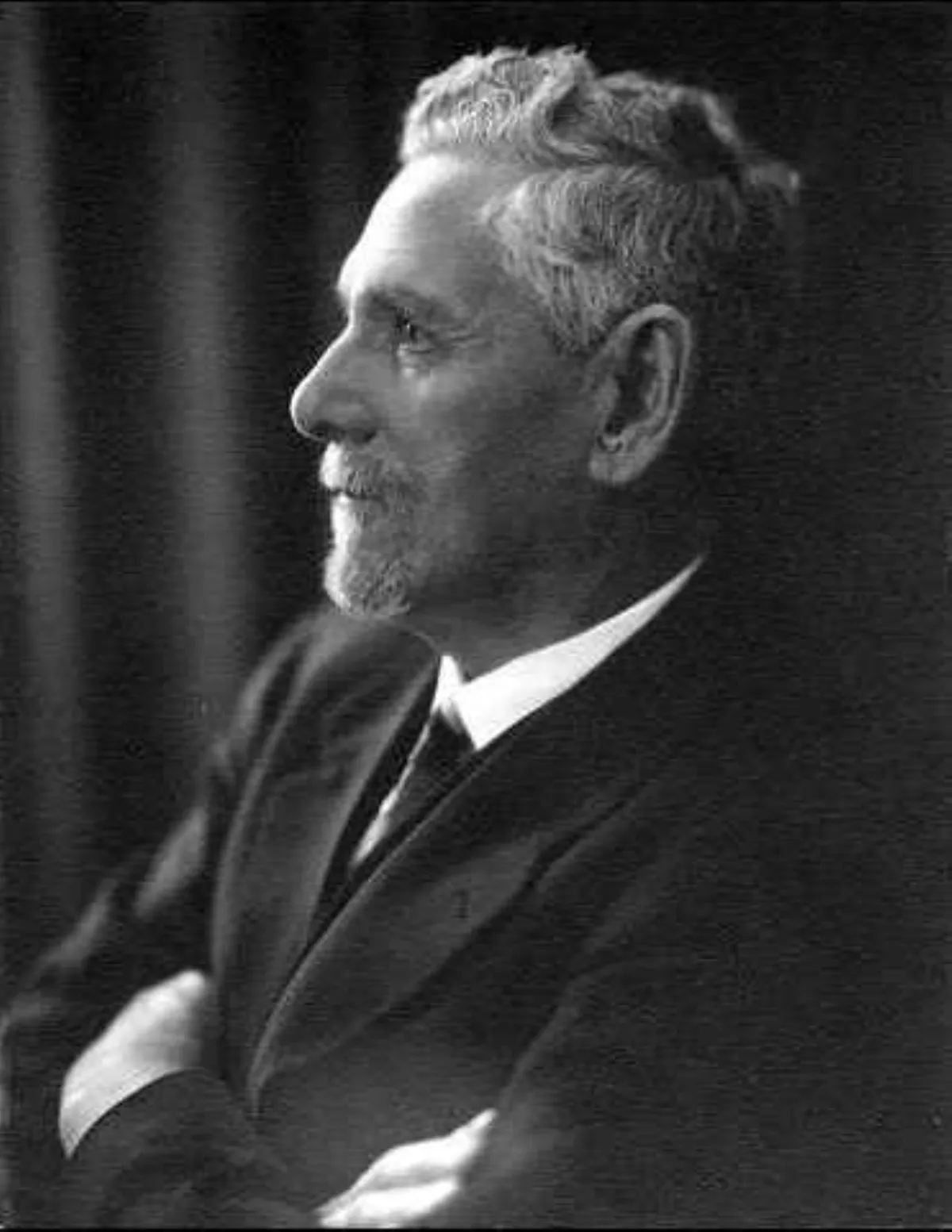 1.
1. Sir Sidney Kidman, known as Sid Kidman and popularly named "the Cattle King", was an Australian pastoralist and entrepreneur who owned or co-owned large areas of land in Australia in his lifetime.

 1.
1. Sir Sidney Kidman, known as Sid Kidman and popularly named "the Cattle King", was an Australian pastoralist and entrepreneur who owned or co-owned large areas of land in Australia in his lifetime.
Sidney Kidman was born on 9 May 1857 in Adelaide, in the colony of South Australia, the third son of George Kidman, farmer, and his wife Elizabeth Mary, nee Nunn.
Sidney Kidman was educated at private schools in Norwood and left his home near Adelaide at age 13 with only five shillings and a one-eyed horse named Cyclops that he had bought with his savings.
Sidney Kidman then worked as a roustabout and bullock-driver at Poolamacca cattle station, and Mount Gipps Station.
Sidney Kidman made money trading whatever was needed, and supplying services to new mining towns springing up in outback New South Wales and South Australia,.
Sidney Kidman saved money and bought a bullock team, opened a butcher's shop and store at the Cobar copper rush, and made good profits.
Sidney Kidman had mail contracts on a fairly large scale and in 1886 bought Owen Springs Station.
In 1896, Sidney Kidman bought his first property in Queensland, Annandale Station, situated in the Channel Country and described as ideal fattening country for cattle.
Sidney Kidman bought the property along with Tilbaroo, Morney Plains and Durrie Stations in Queensland, Burrawinna on the border and Macumba Station in South Australia as part of his plan of acquiring prime grazing lands along areas that watercourses followed.
Sidney Kidman acquired Yancannia Station in far western New South Wales in 1916, followed by Corona Station, in the far west of New South Wales, in 1917.
In 1916, Sidney Kidman invested in Glenroy Station with the owners at the time, Reginald Spong and Jabez Orchard, forming the Glenroy Pastoral Company.
In 1924, Sidney Kidman acquired Merty Merty Station in outback South Australia.
Sidney Kidman was knighted in the 1921 Birthday Honours for his support of the war effort.
Sidney Kidman employed hundreds of men to fell and square heavy timber on the north coast of New South Wales.
Sidney Kidman lost many thousands of pounds, but was reported to have said that his biggest regret was that the work of the superb axemen of the north coast forests, with their enthusiasm, craftsmanship and loyalty, all went for nothing.
Sidney Kidman was well served by his vision of drought-proofing his empire through growing and fattening cattle on the remote stations in the north and bringing them down the lines of stations along the great inland river systems to markets in the south, providing good feed and water on the way to sell them in top condition.
Sidney Kidman was most at home around the campfire but comfortable with civic leaders.
Sidney Kidman animated extraordinary loyalty from his employees; working for Kidman was a "sort of badge of pride".
Sidney Kidman's body was interred at the Mitcham Cemetery in the presence of hundreds of mourners; his cortege extended for more than 1.5 miles.
Sidney Kidman donated his home in Kapunda, which he acquired around 1900 and called Eringa after Eringa Station, to the Education Department in 1921.
The Adelaide suburb of Sidney Kidman Park was named in his honour.
Sidney Kidman is believed to have camped under the tree while planning his pastoral empire in Queensland.
Sidney Kidman's 'stonehouse' childhood home in Athelstone was a heritage listed Building of Adelaide up until 2024 when it was demolished in early May The home was sold and bought in the early-mid 1980s and rented out to local tenants.
In 1936, a biography of Sidney Kidman titled The Cattle King, by Ion Idriess, was published; it became a best-seller.